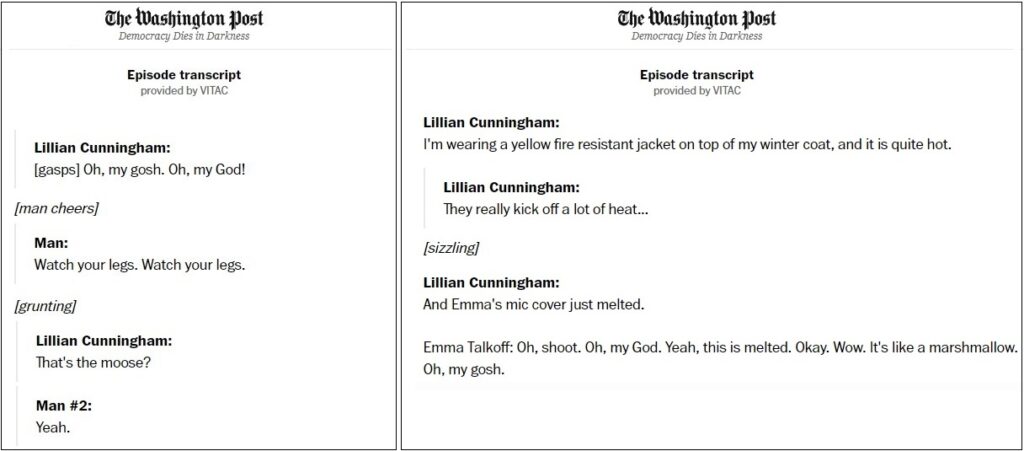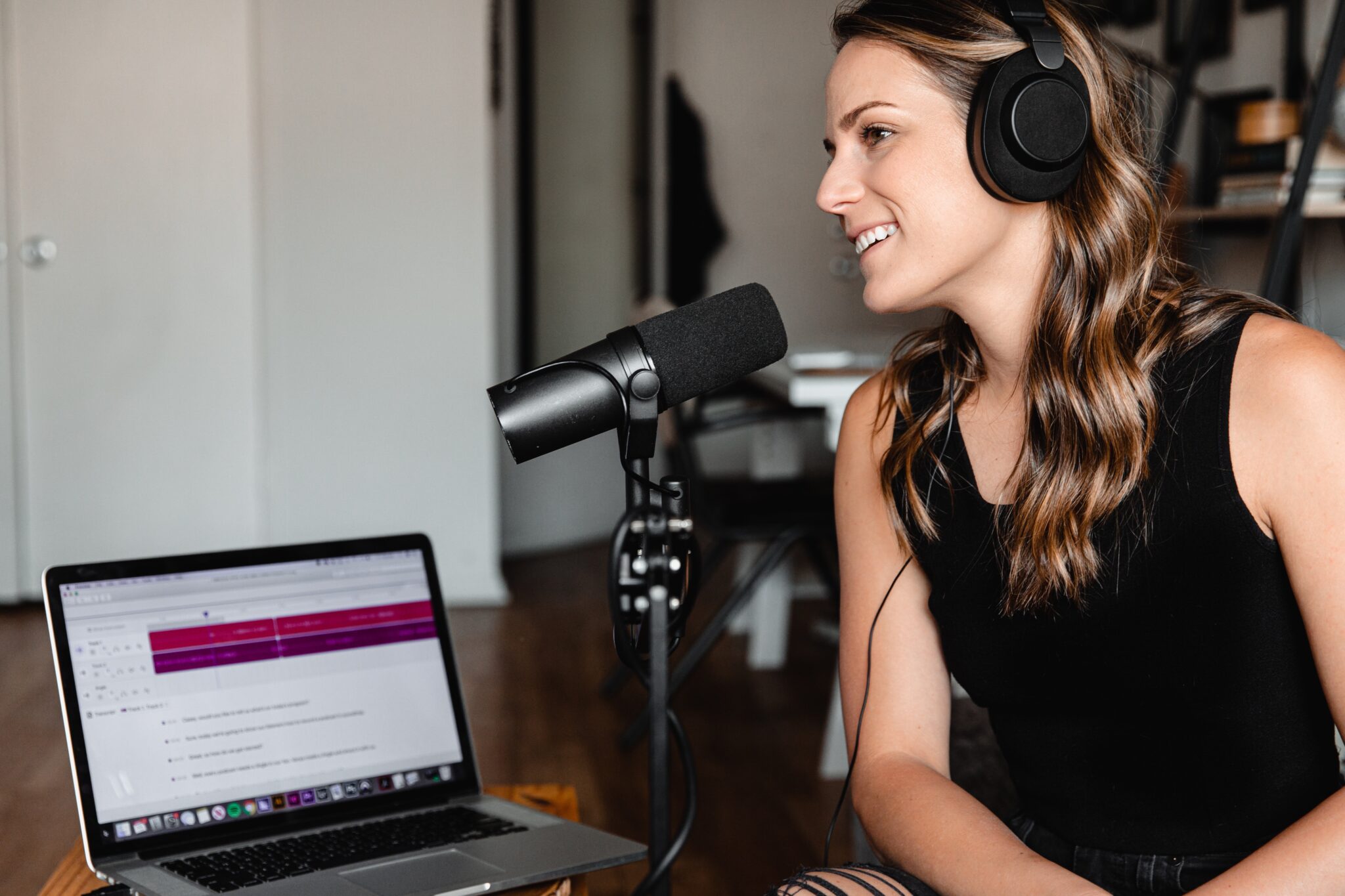It’s estimated that more than 464 million people around the world listen to podcasts – a number that’s expected to increase by 40 million listeners in the coming year.
That’s quite a large audience seeking out new and engaging material. As a podcast producer or podcast-producing platform looking to attract listeners in podcasting’s competitive $23.5 billion market, it’s important that you offer your content in a format that reaches your entire audience.
One way to make sure you’re getting your listeners’ attention is by adding transcripts to your podcasts.
A transcript is a written version of an audio track. In the same way that captions provide accessibility for video content, transcripts provide access to audio content. They’re a great, often necessary resource for people with hearing loss, people with attention-related cognitive conditions, and people who simply prefer to peruse a summary of a podcast to find information.
Why Transcribe?
A transcription file is a handy resource to have as a podcast producer or platform host for a variety of reasons.
First and foremost, podcast transcription makes your content accessible to your entire audience, including the nearly 20% of people worldwide who are affected by hearing loss. Transcripts work to ensure that individuals who are deaf or hard of hearing can more meaningfully participate in all aspects of society because they have access to the same content as hearing individuals. In short, accessible podcasts help build a more inclusive world and better conversations around news, culture, and everything in between. (Read here for more general tips on making your podcast and podcast space more inclusive.)
Podcast transcription provides a variety of other benefits, too, including:
- Compliance with the Americans with Disabilities Act. If listeners download and access your podcasts on a website, you’ll need to ensure that everyone has equal access to what you’re sharing. Podcasts and podcasting platforms have come under fire in recent years over questions of accessibility with many arguing that without captions on video podcasts or transcripts on audio podcasts, content is inaccessible for those in the deaf and hard-of-hearing community. A recent lawsuit filed by the National Association of the Deaf and Disability Rights Advocates argues that SiriusXM, Stitcher, and Pandora are in violation of the Americans with Disabilities Act for failing to make their podcasts accessible.
- Boost SEO. Adding a transcript to your podcast will make its text searchable on the World Wide Web and help get more eyes on your content.
- Global reach. Transcripts can easily be translated into multiple languages, making your show accessible to non-native speakers.
- Time-stamped material. A time-stamped transcript can help simplify the editing process and improve turnaround time for editors.
- Social sharing. Transcripts make it easier from a marketing perspective to share quotes on social media as well as in emails, articles, and infographics.
What is Transcribed?
Transcripts capture every word spoken during a podcast and include speaker identifications. They also should include descriptions of significant sounds (sound effects, musical cues) that might help readers better understand the content.
For example, VITAC provides transcripts for The Washington Post’s podcasts, enabling listeners to view a text version of their popular programs or scroll along with the audio content. The transcripts below from the “Field Trip” podcast featuring America’s National Parks show dialogue as well as additional audio cues like laughter, gasps of surprise, and sizzling fires.

Work with a Pro
Though automatic transcription tools can be a quick and convenient way to add transcripts to your podcasts, they also can make errors and miss important context (like the sound effects noted above). That’s why it’s important to review the auto transcript for grammatical errors before publishing or, even better, have a professional human transcriber handle the project for you.
VITAC’s podcast transcripts feature unmatched accuracy, industry-leading turnaround times, and versatile formatting options that exceed ADA and FCC compliance and meet a range of industry needs. Our transcripts can be created in multiple languages, and are verified for quality assurance (spelling, punctuation, line breaks, and stylistic issues, among other things) before they are delivered.
Reach out today to learn more about our podcast solutions.




